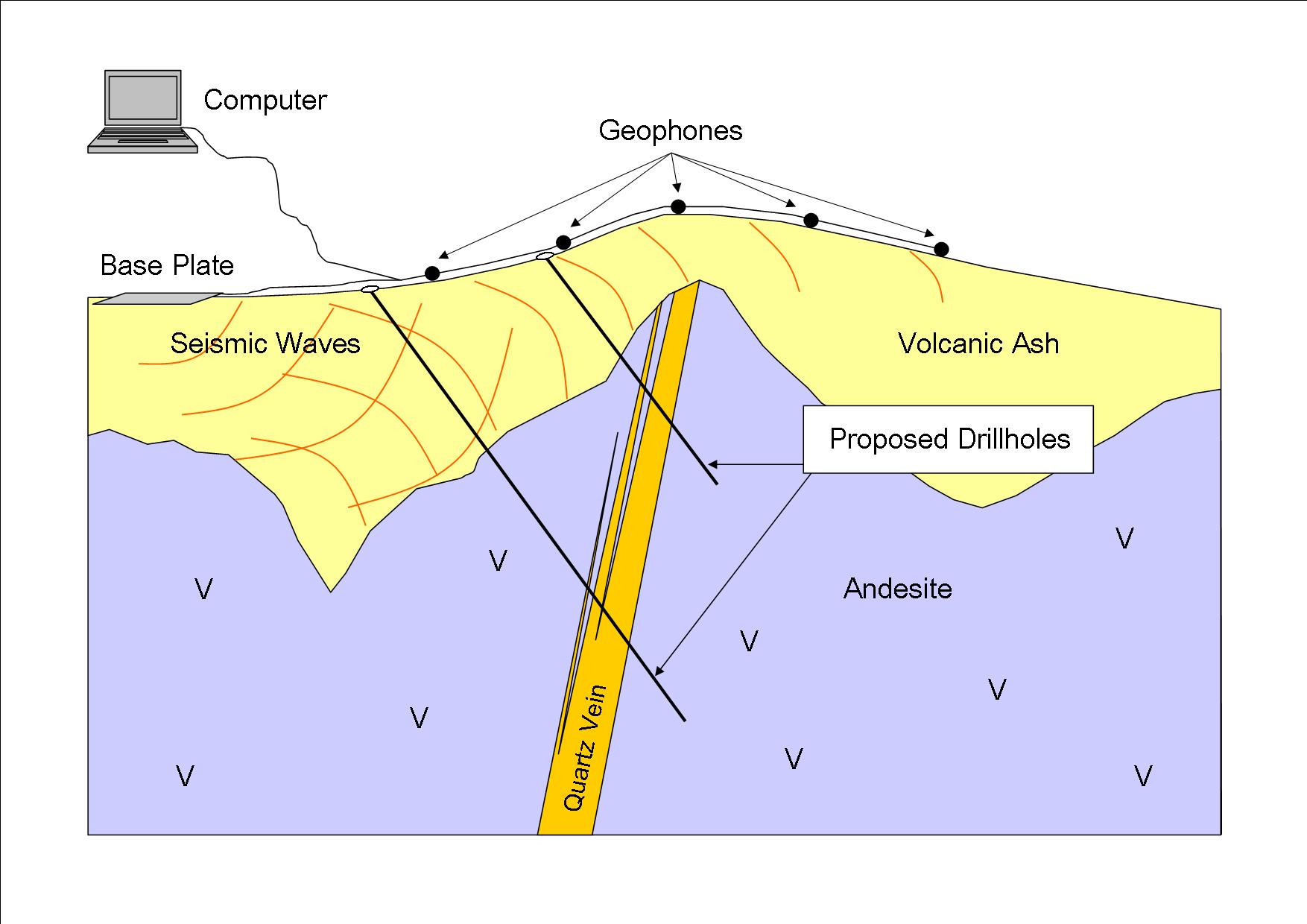All Categories
Featured
Table of Contents
Geophysics in Riverton Australia 2023
Much of the image includes blank areas now with little or no radar action. The "yard" wall is still showing highly, however, and there are continuing recommendations of a tough surface area in the SE corner. Time piece from 23 to 25ns. This last slice is now practically all blank, however a few of the walls are still showing strongly.
How deep are these slices? The software I have access to makes approximating the depth a little challenging. If, nevertheless, the top three pieces represent the ploughsoil, which is probably about 30cm think, I would think that each slice is about 10cm and we are just getting down about 80cm in overall.

Luckily for us, the majority of the websites we are interested in lie simply listed below the plough zone, so it'll do! How does this compare to the other methods? Contrast of the Earth Resistance information (leading left), the magnetometry (bottom left), the 1517ns time slice (leading right) and the 1921ns time piece (bottom left).
What Is A Seismic Survey? in Parmelia WA 2021
Magnetometry, as talked about above, is a passive method determining regional variations in magnetism against a localised no worth. Magnetic vulnerability study is an active technique: it is a procedure of how magnetic a sample of sediment could be in the presence of an electromagnetic field. Just how much soil is evaluated depends upon the diameter of the test coil: it can be really little or it can be relatively big.
The sensing unit in this case is really small and samples a tiny sample of soil. The Bartington magnetic vulnerability meter with a large "field coil" in use at Verulamium during the course in 2013. Top soil will be magnetically enhanced compared to subsoils just due to natural oxidation and reduction.
By measuring magnetic susceptibility at a relatively coarse scale, we can detect locations of human occupation and middens. We do not have access to a reputable mag sus meter, but Jarrod Burks (who helped teach at the course in 2013) has some outstanding examples. Among which is the Wildcat website in Ohio.
Geophysical Survey in Wellard Western Australia 2021
These villages are frequently laid out around a central open area or plaza, such as this rebuilt example at Sunwatch, Dayton, Ohio. The magnetic vulnerability survey assisted, however, define the main area of profession and midden which surrounded the more open location.
Jarrod Burks' magnetic vulnerability survey results from the Wildcat site, Ohio. Red is high, blue is low. The method is therefore of fantastic usage in specifying areas of basic profession instead of identifying particular functions.
Geophysical surveying is an applied branch of geophysics, which uses seismic, gravitational, magnetic, electrical and electromagnetic physical methodologies at the Earth's surface area to measure the physical properties of the subsurface - Geophysical Survey - Mola in Ballajura Western Australia 2022. Geophysical surveying methods normally determine these geophysical residential or commercial properties along with abnormalities in order to evaluate different subsurface conditions such as the existence of groundwater, bedrock, minerals, oil and gas, geothermal resources, spaces and cavities, and far more.
Table of Contents
Latest Posts
Greeley-evans Area 3d Geophysical Survey in Bicton Australia 2022
Airborne Geophysical Methods in Bateman Western Australia 2022
Integrated Geophysical Surveys For The Safety in Beeliar Australia 2021
More
Latest Posts
Greeley-evans Area 3d Geophysical Survey in Bicton Australia 2022
Airborne Geophysical Methods in Bateman Western Australia 2022
Integrated Geophysical Surveys For The Safety in Beeliar Australia 2021